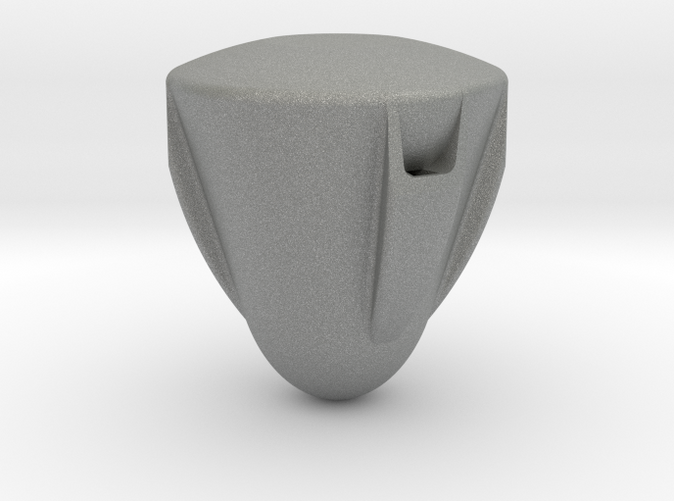Product Description
SpaceX originally intended to land Crew Dragon on land using the LES engines, with parachutes and an ocean splashdown available in the case of an aborted launch. Precision water landing under parachutes was proposed to NASA as "the baseline return and recovery approach for the first few flights" of Crew Dragon. Propulsive landing was later cancelled, leaving ocean splashdown under parachutes as the only option. As of 2011, the Paragon Space Development Corporation was assisting in developing Crew Dragon's life support system.
Main article: Space suit § SpaceX suit ("Starman suit")
In 2012, SpaceX was in talks with Orbital Outfitters about developing space suits to wear during launch and re-entry. Each crew member wears a custom space suit fitted for them. The suit is primarily designed for use inside the Dragon (IVA type suit), however in the case of a rapid cabin depressurization the suit can protect the crew members. The suit can also provide cooling for astronauts during normal flight. For the SpX-DM1 test, a test dummy nicknamed Ripley was fitted with the spacesuit and sensors. The spacesuit "is made from Nomex" a fire retardant fabric similar to Kevlar.
At a NASA news conference on 18 May 2012, SpaceX confirmed their target launch price for crewed Dragon flights of US$160 million, or about $23 million per seat if the maximum crew of seven is aboard and NASA orders at least four Crew Dragon flights per year. This contrasts with the 2014 Soyuz launch price of $76 million per seat for NASA astronauts. The spacecraft's design was unveiled on 29 May 2014, during a press event at SpaceX headquarters in Hawthorne, California. In October 2014, NASA selected the Dragon spacecraft as one of the candidates to fly American astronauts to the International Space Station under the Commercial Crew Program. SpaceX plans to use the Falcon 9 Block 5 launch vehicle for launching Dragon 2.
